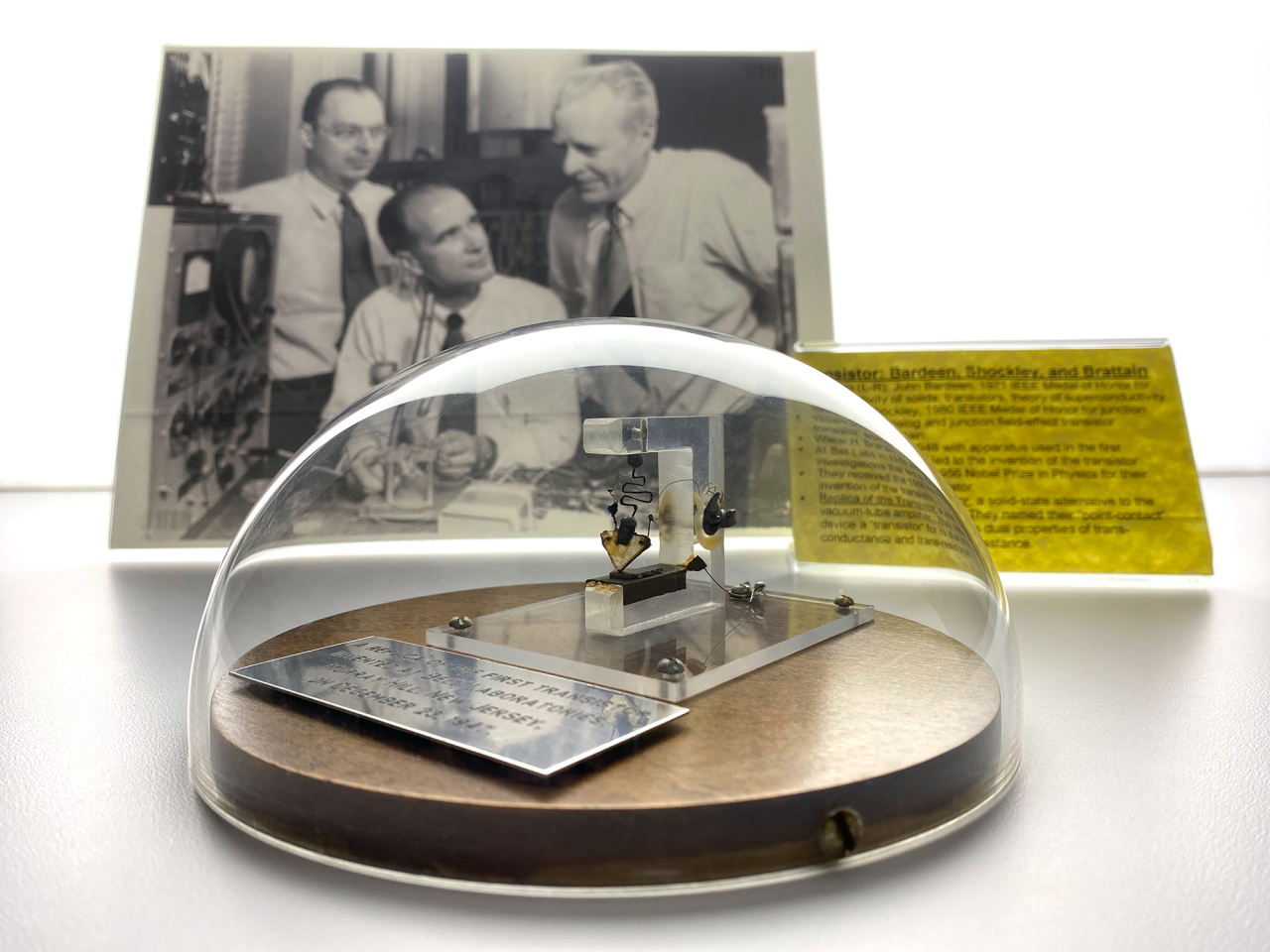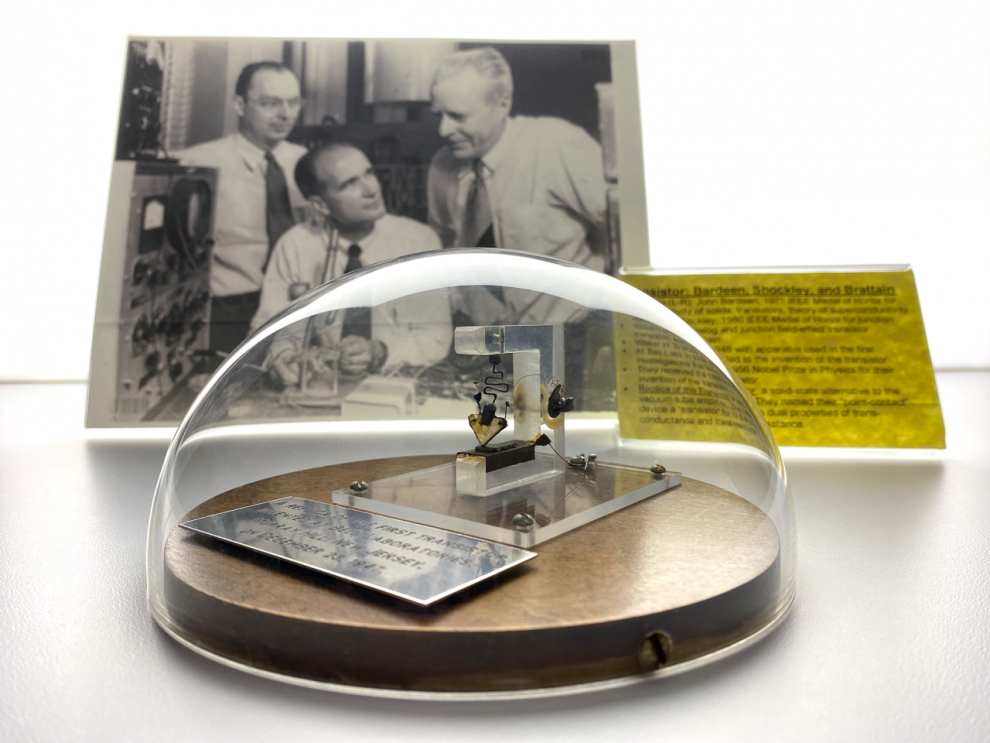
When it comes to the revolution of electronics, few components are as pivotal as the transistor. As famously said by Robert Noyce, co-founder of Intel, “Invention is not enough. Tesla invented the electric power we use, but he struggled to get it out to people. You have to combine both things: invention and innovation focus, plus the company that can commercialize things and get them to people.” The transistor stands as a testament to this perspective. Born of invention, but truly revolutionary in its extensive commercialization and adaptation, the transistor has transformed the way we live, work, and communicate.
A Revolution in a Tiny Package
Invented at Bell Labs in 1947 by John Bardeen, Walter Brattain, and William Shockley, the transistor has progressed from being a novel invention to the foundation of modern electronics. Compact, reliable, and power-efficient, transistors replaced vacuum tubes, propelling technology into the digital age. From the simplest toy to the most advanced supercomputers, transistors are fundamental to their operation.
The revolution, however, is not just about ubiquity; it’s about the profound impact the transistor has had on technology and society. The digital age, characterized by computers, the internet, smartphones, and more, was made possible by the transistor. Our ability to process, store, and transmit information rapidly and accurately is a direct result of transistor-based technologies.
Transistors at Work: More Than a Switch
At its core, a transistor is a switch controlled by an electric signal. It’s either in an ‘on’ state, allowing current to flow, or in an ‘off’ state, where it does not. This simple binary operation forms the basis of digital logic and data processing.
However, transistors aren’t just switches. They are also used as amplifiers, taking a small input signal and producing a larger output. This property is central to many applications, from amplifying a radio signal to creating the delicate sound in a high-quality audio amplifier.
Consider, for instance, the microprocessor in your computer. Each microprocessor can contain billions of transistors, acting as the brain of your computer. These transistors work together to process data and execute commands, making complex computations and high-speed processing possible.
The Future of Transistors: From Silicon to Quantum
Since its inception, the transistor has continuously evolved, becoming smaller, faster, and more efficient. This trend, famously predicted by Gordon Moore and known as Moore’s Law, has driven technology advancement for over half a century.
Today, however, we are reaching the physical limits of silicon-based transistor miniaturization. As we approach these limits, researchers are exploring new materials and technologies. From graphene to carbon nanotubes, and from quantum dots to spintronics, the future of transistors is as exciting as their illustrious past.
In conclusion, the transistor, in all its humble brilliance, truly is the mighty component that revolutionized electronics. It serves as an extraordinary example of how a small invention, when commercialized and widely adopted, can have a profound and lasting impact. As we continue to innovate and push the boundaries of what transistors can do, one thing remains certain: the transistor, in whatever form it takes, will continue to be at the heart of electronic revolution for the foreseeable future.















